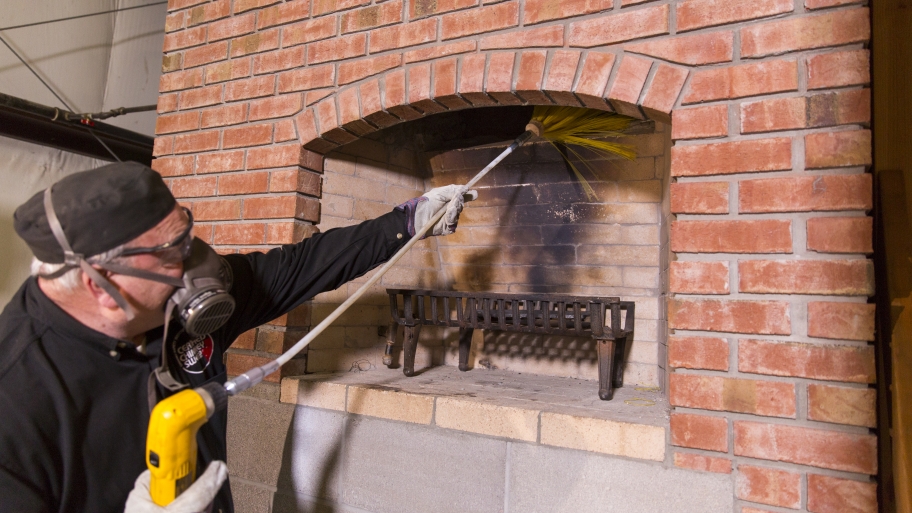
Chimney maintenance and repairs are essential to ensure the safety and functionality of your fireplace or heating system. However, many homeowners wonder whether it is feasible to perform chimney work during the winter months. In this article, we will discuss the considerations and best practices for conducting chimney work in winter. By understanding the challenges and taking necessary precautions, you can determine if winter chimney work is suitable for your specific situation.
Weather Conditions:
- One of the primary concerns when performing chimney work in winter is the weather conditions. Cold temperatures, snow, and ice can impact the safety and effectiveness of the repair process. It is crucial to assess the weather forecast and plan the work accordingly. Extreme temperatures can affect the curing process of materials such as mortar, caulk, or sealant, potentially compromising the quality of repairs. Additionally, icy surfaces can pose safety hazards for workers.
Safety Precautions:
- Taking appropriate safety precautions is paramount when performing chimney work in winter. Ensure that workers have proper protective gear, including non-slip footwear and warm clothing. It is essential to have a stable and secure working platform, such as scaffolding or ladders with non-slip grips, to prevent accidents. Remove snow and ice from the work area to minimize slipping hazards. If the conditions are too hazardous, it may be advisable to postpone the work until weather conditions improve.
Efficiency and Accessibility:
- Working on a chimney during winter may present challenges related to efficiency and accessibility. Cold temperatures can impact the efficiency of some repair materials, causing them to set more slowly. Additionally, snow or ice accumulation may obstruct access to certain areas of the chimney, making repairs more difficult. Consider these factors when planning the project and consult with experienced professionals who are familiar with winter chimney work to ensure the repairs can be completed effectively.
Proper Ventilation:
- When conducting chimney work in winter, proper ventilation is crucial. Chimney repairs often involve the use of adhesives, sealants, or coatings that release fumes during application and curing. Ensure that the work area is well-ventilated to prevent the accumulation of fumes and to maintain a healthy working environment. Open windows or use fans to facilitate air circulation. However, be mindful of the outdoor temperature and try to minimize heat loss from your living spaces during the repairs.
Professional Expertise:
- Engaging the services of a professional chimney contractor or a certified chimney sweep is highly recommended for chimney work in any season, including winter. These professionals have the knowledge, experience, and specialized equipment required to navigate the unique challenges of winter conditions. They can assess the chimney’s condition, identify necessary repairs, and recommend the most suitable approach. Professional chimney contractors will also prioritize safety measures and ensure that repairs are done to code.
Conclusion:
While chimney work in winter can present additional challenges due to weather conditions, proper planning, safety precautions, and professional expertise can enable successful repairs. Consider the weather forecast, prioritize safety measures, and consult with experienced professionals to determine if winter chimney work is appropriate for your specific situation. By addressing maintenance and repairs promptly, regardless of the season, you can ensure the safety and functionality of your chimney and enjoy the warmth and comfort it provides throughout the year.



